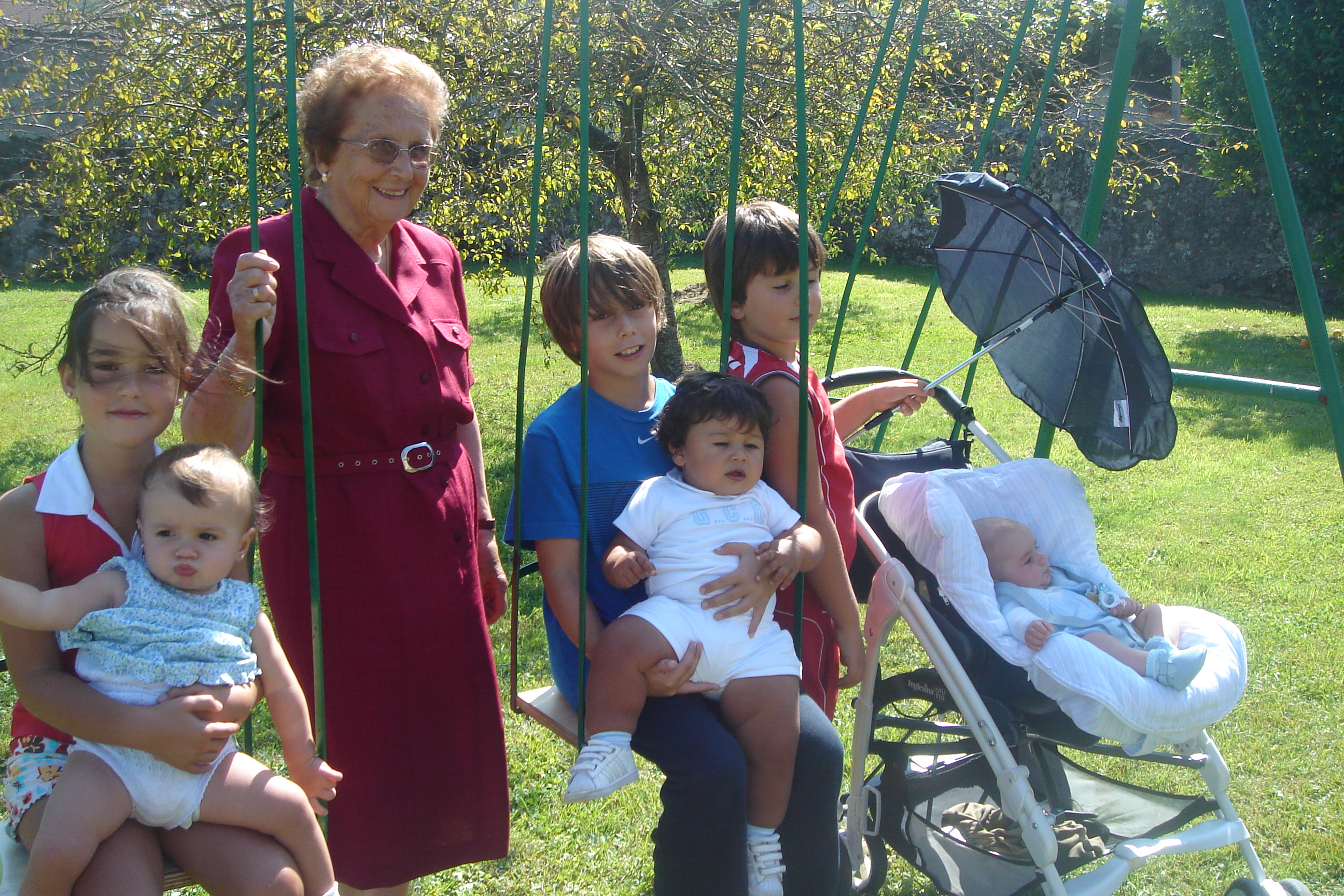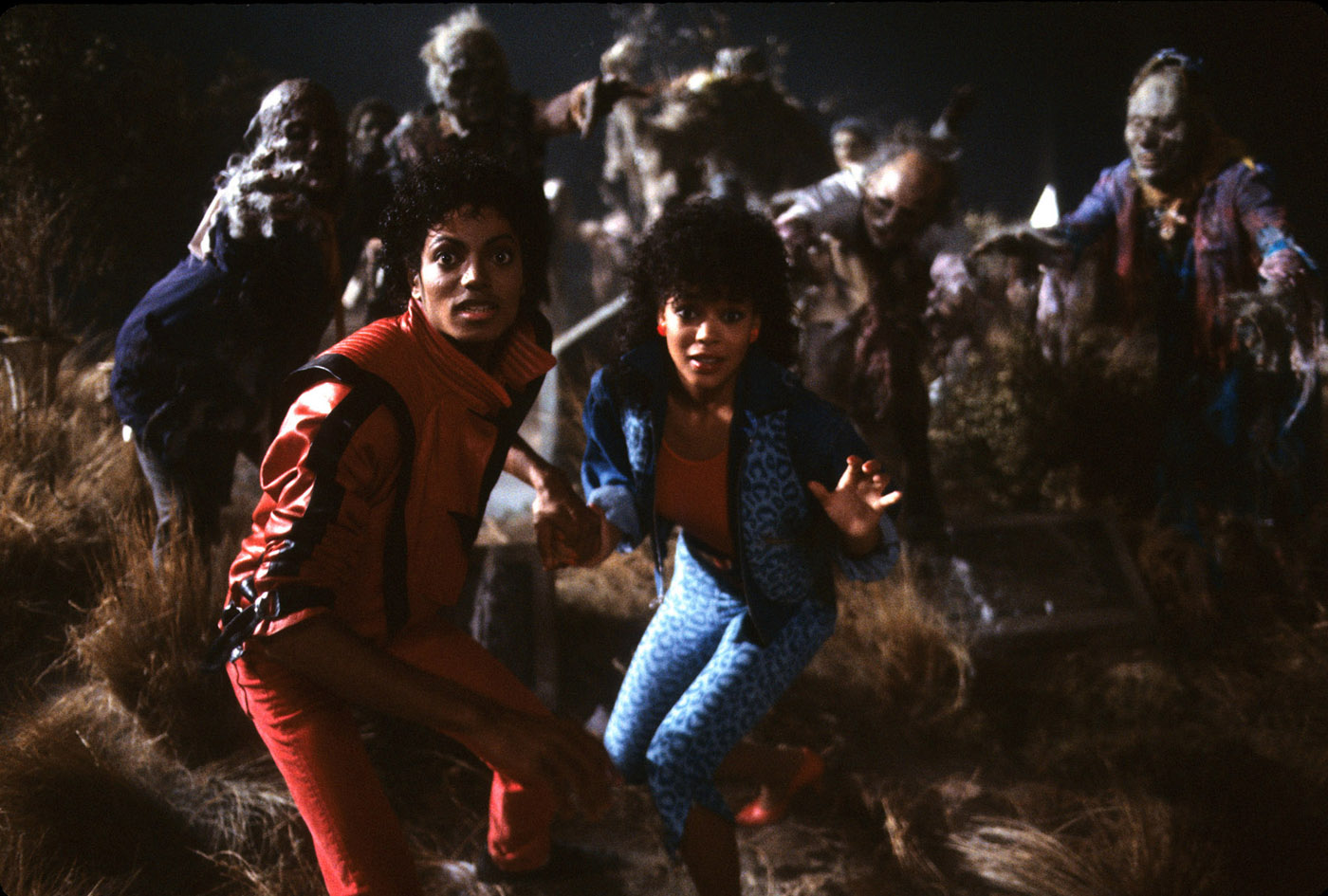I can almost see my students smiling with a hint of irony painted on their faces when they hear me saying the words” English is very easy”. And yes, you might disagree with me here but it all depends on what language you compare it with and, in their case, Spanish grammar is a far cry from English grammar, being the first much more complicated to understand. I am also well aware of the difficulties they have when learning English but we need to focus on the positive things. I wouldn’t be doing a good job if I don’t motivate my students!

But… sometimes… only sometimes, English could be a bit confusing, and the use of hung and hanged is a little quirk of the English language.
This is what one of my students wrote . “He said that nobody lived in that house because the man who lived there had killed all his family and then he hung himself.”
I crossed it off and wrote “hanged” instead. The verb “hang” can be regular or irregular. You study:
hang- hung/hanged-hung/hanged
So far, easy.But when do you use “hung” and when “hanged”? The explanation can be either short or long. I think I’ll go for the short one as you can always check meanings and use in a good dictionary.
- Hanged is used when the meaning is
- to kill somebody by tying a rope attached from above around their neck and removing the support from beneath them .
The prisoner was found guilty of the crime and hanged .
2. (slang) to damn or be damned: used in mild curses or interjections.
I’ll be hanged before I ask her out again
- Hung is preferred in all other senses of the word.
Once clarified, it isn’t that difficult, is it?
Do you have time for a little test?
hung
hung
hung
hanged
hanged
hung
hanged






